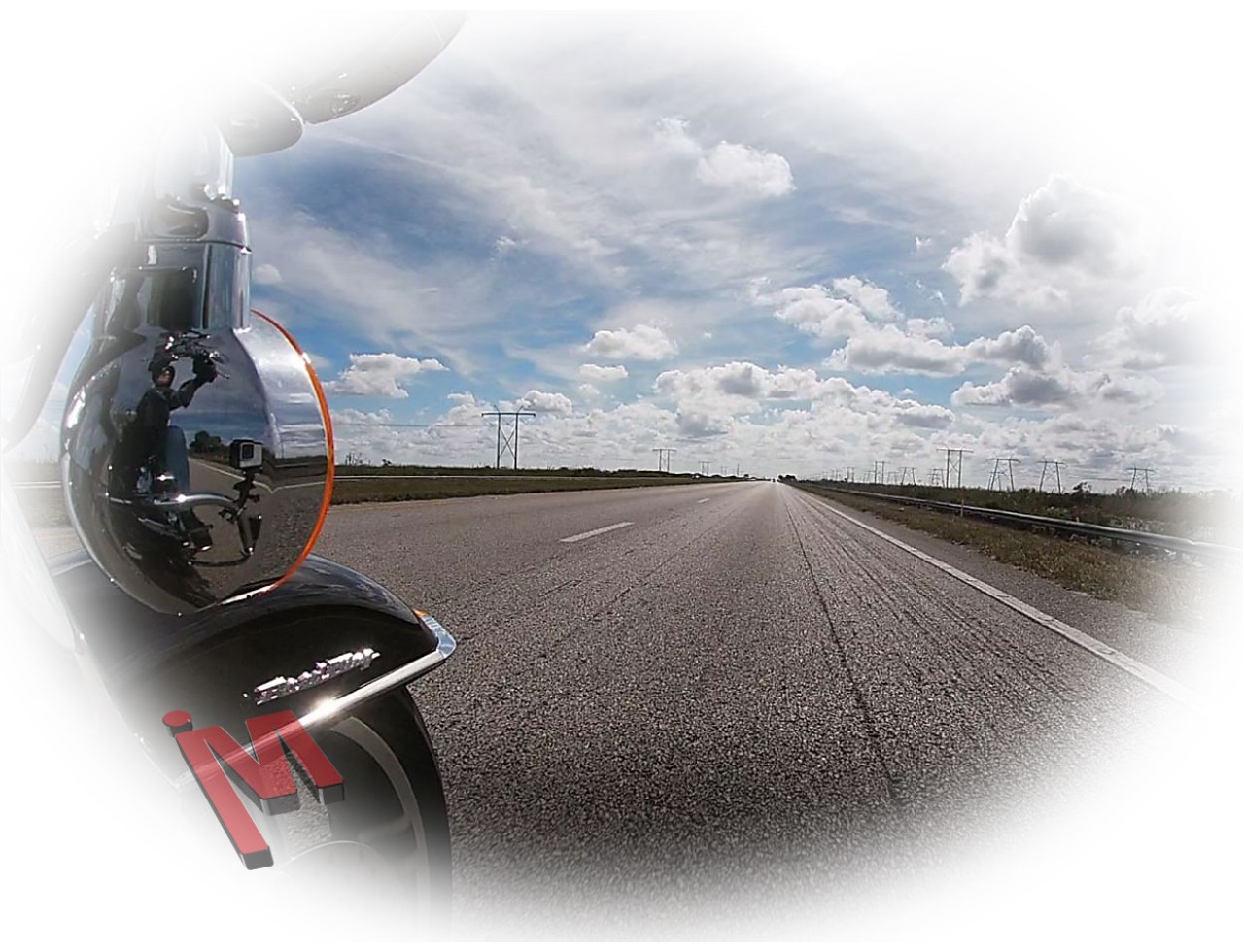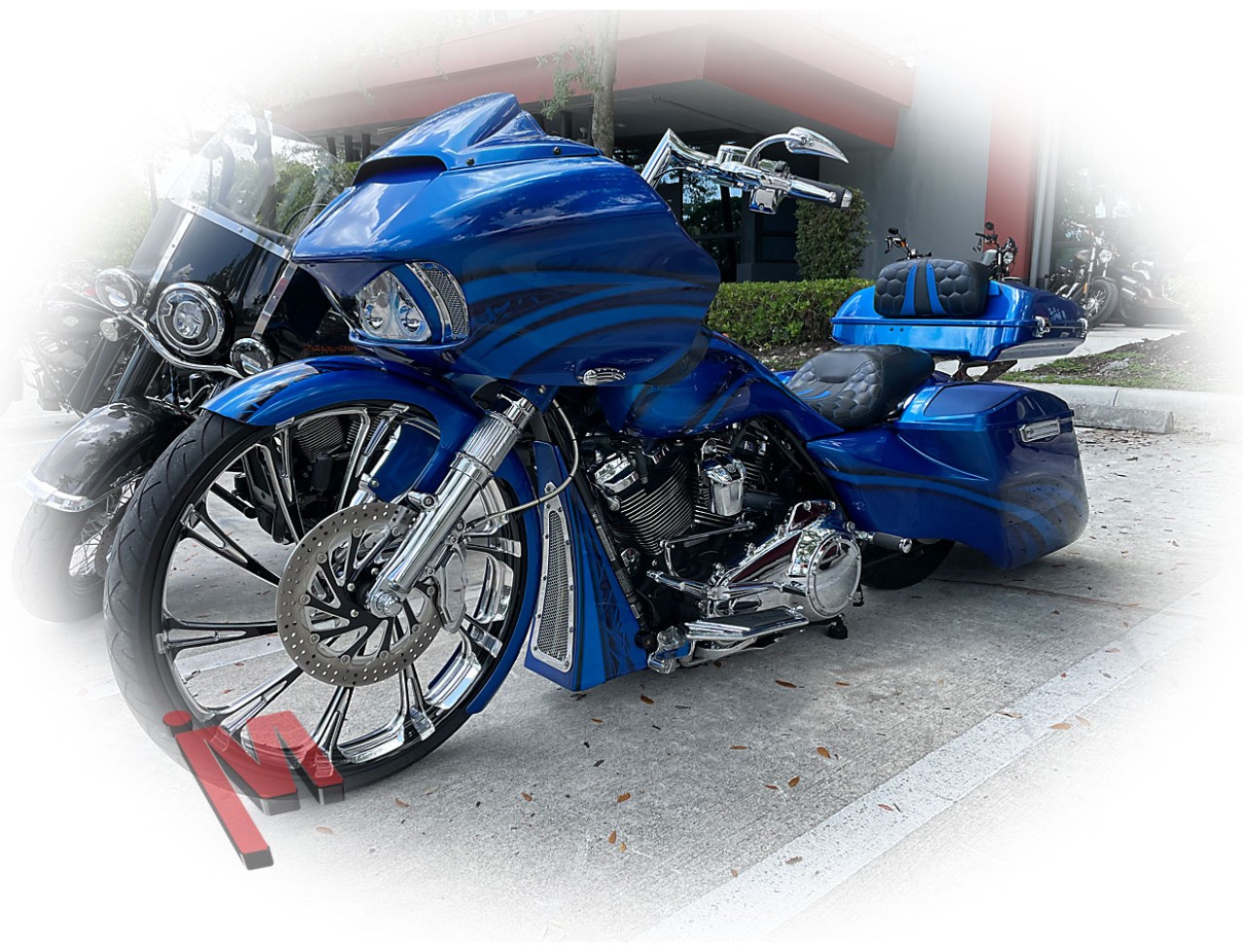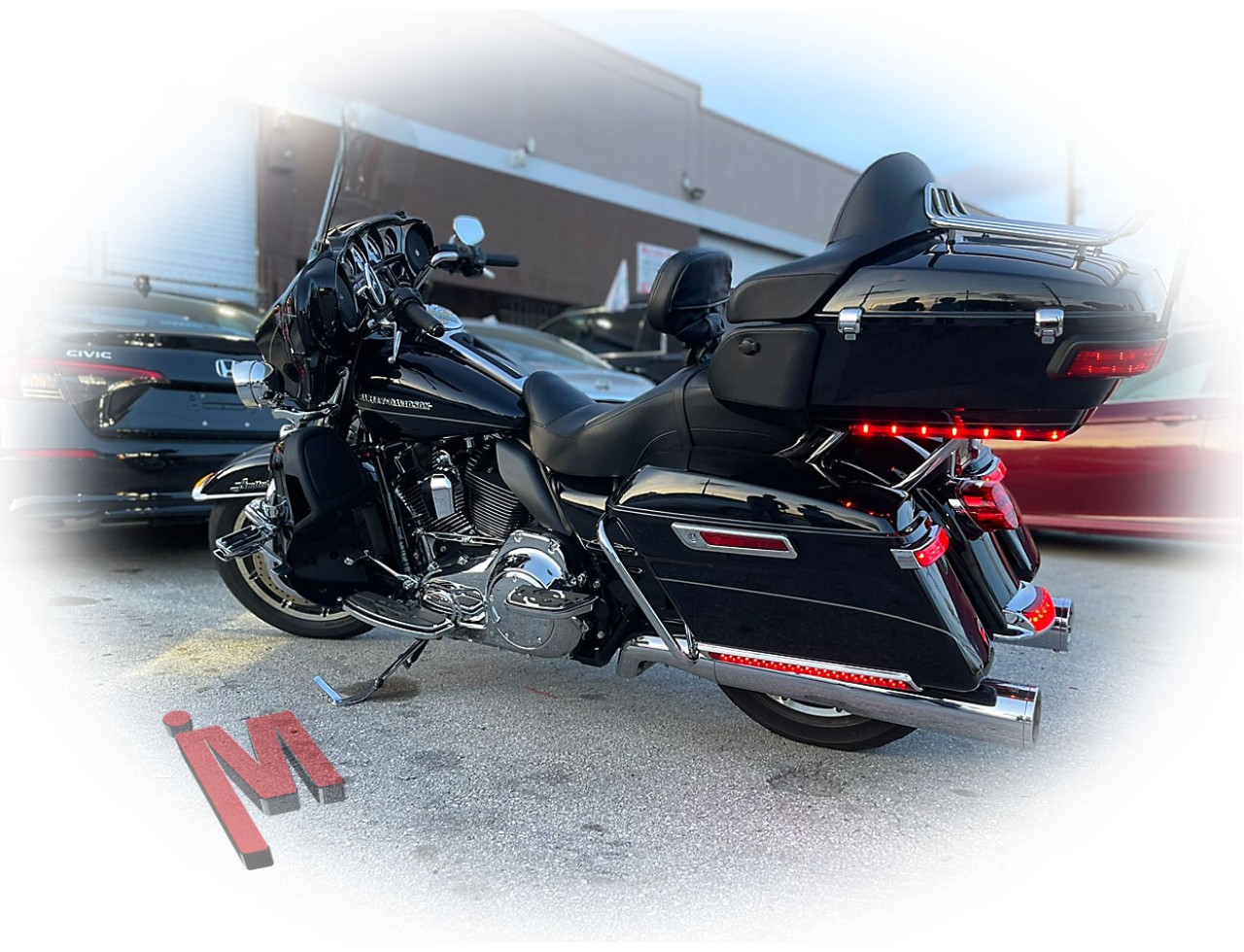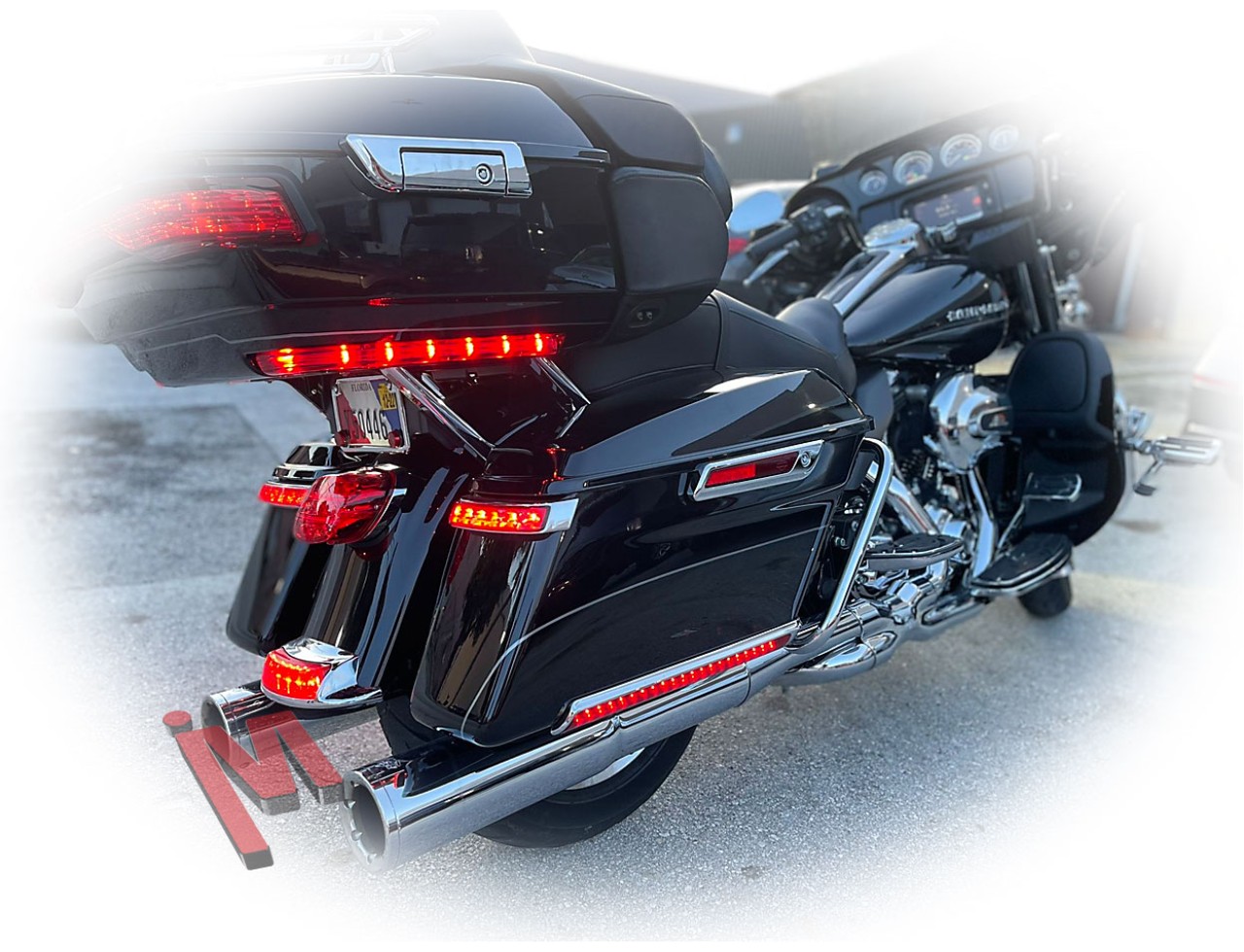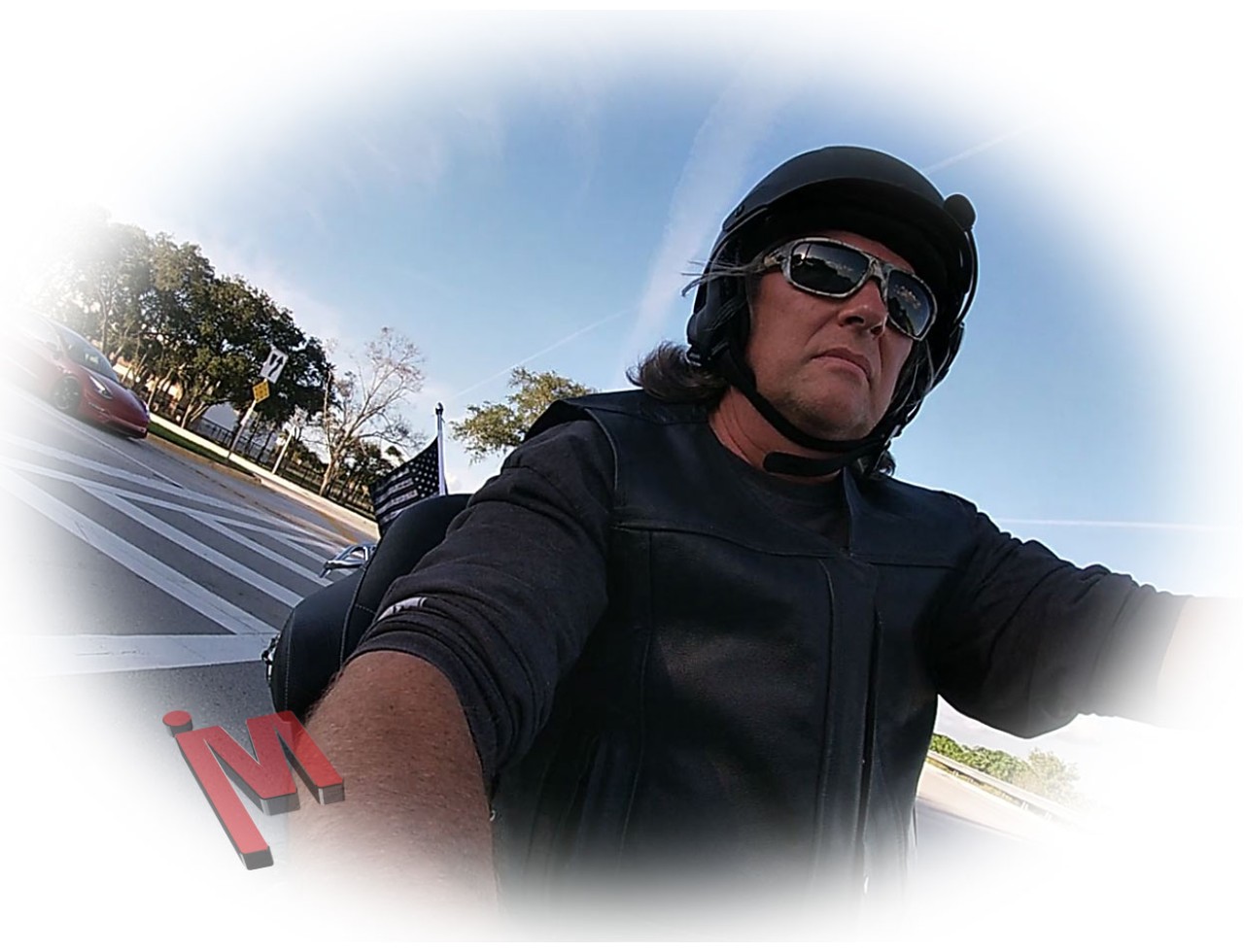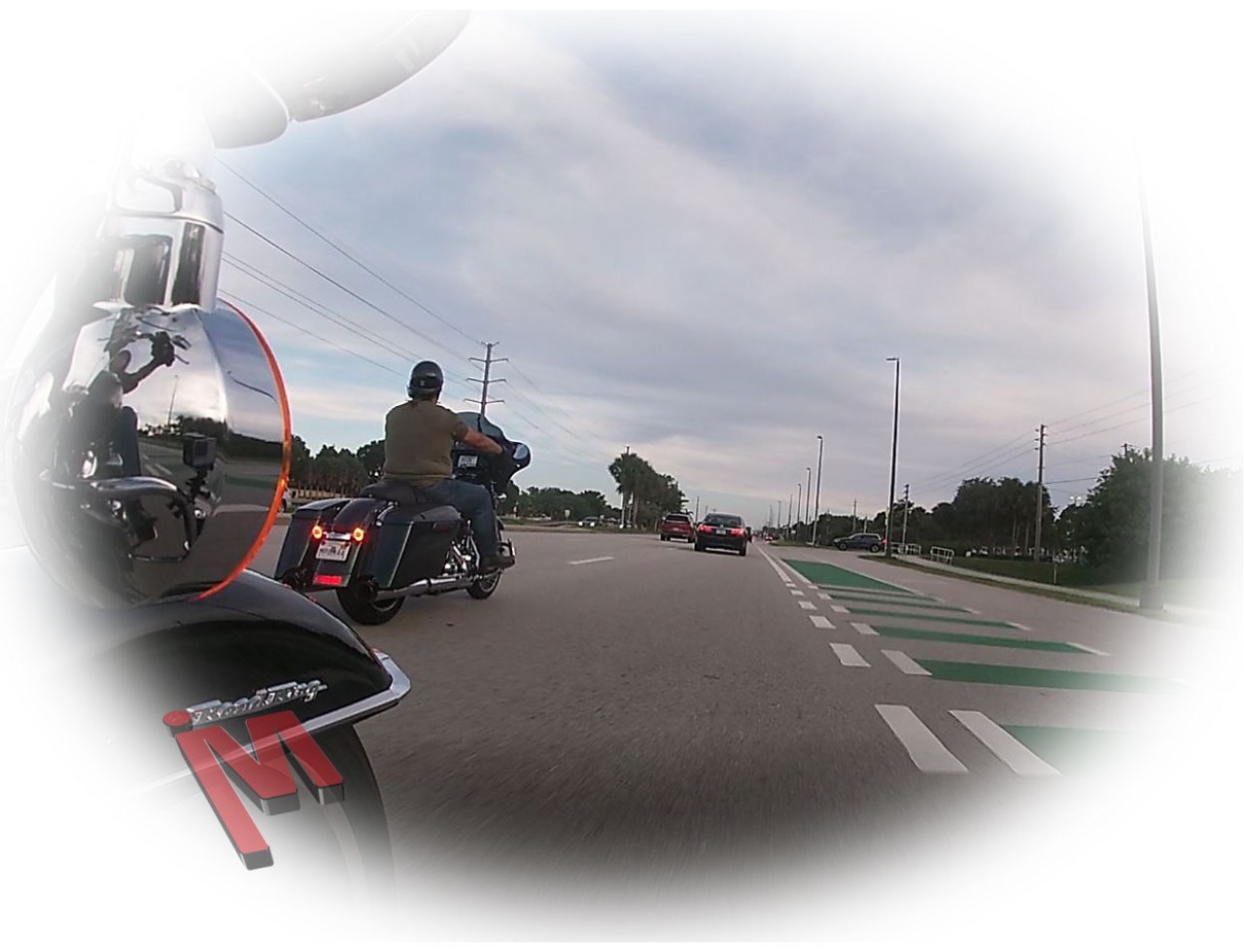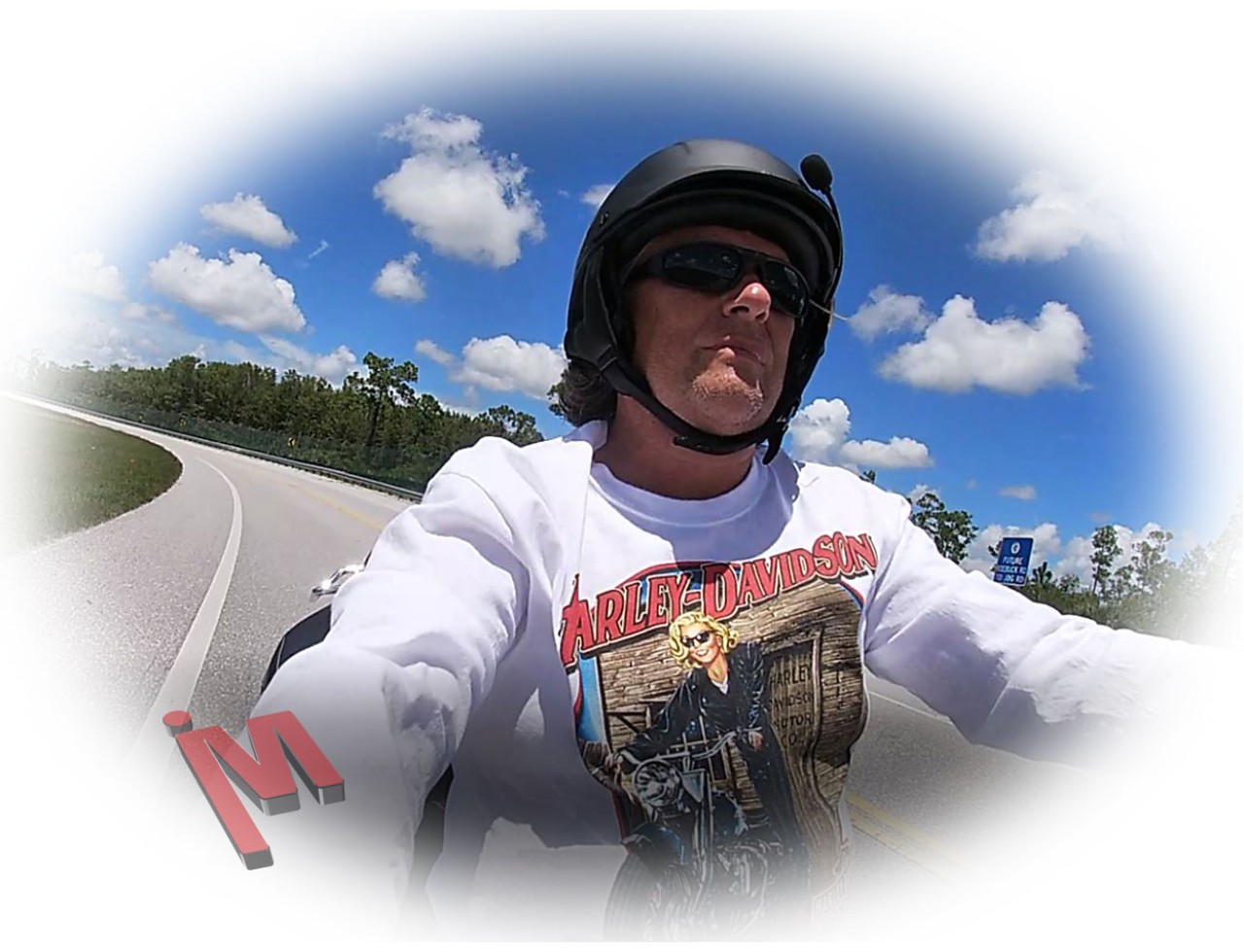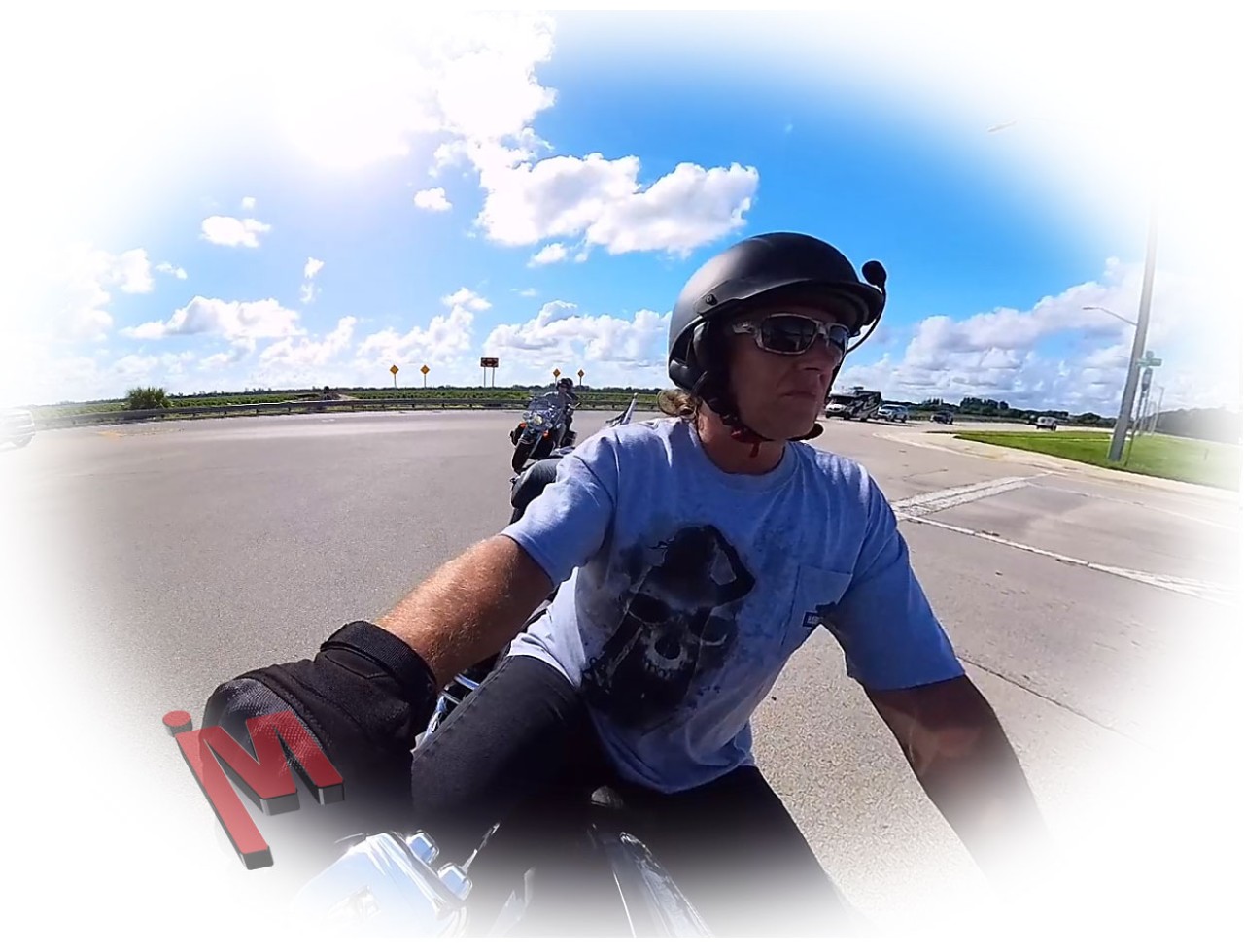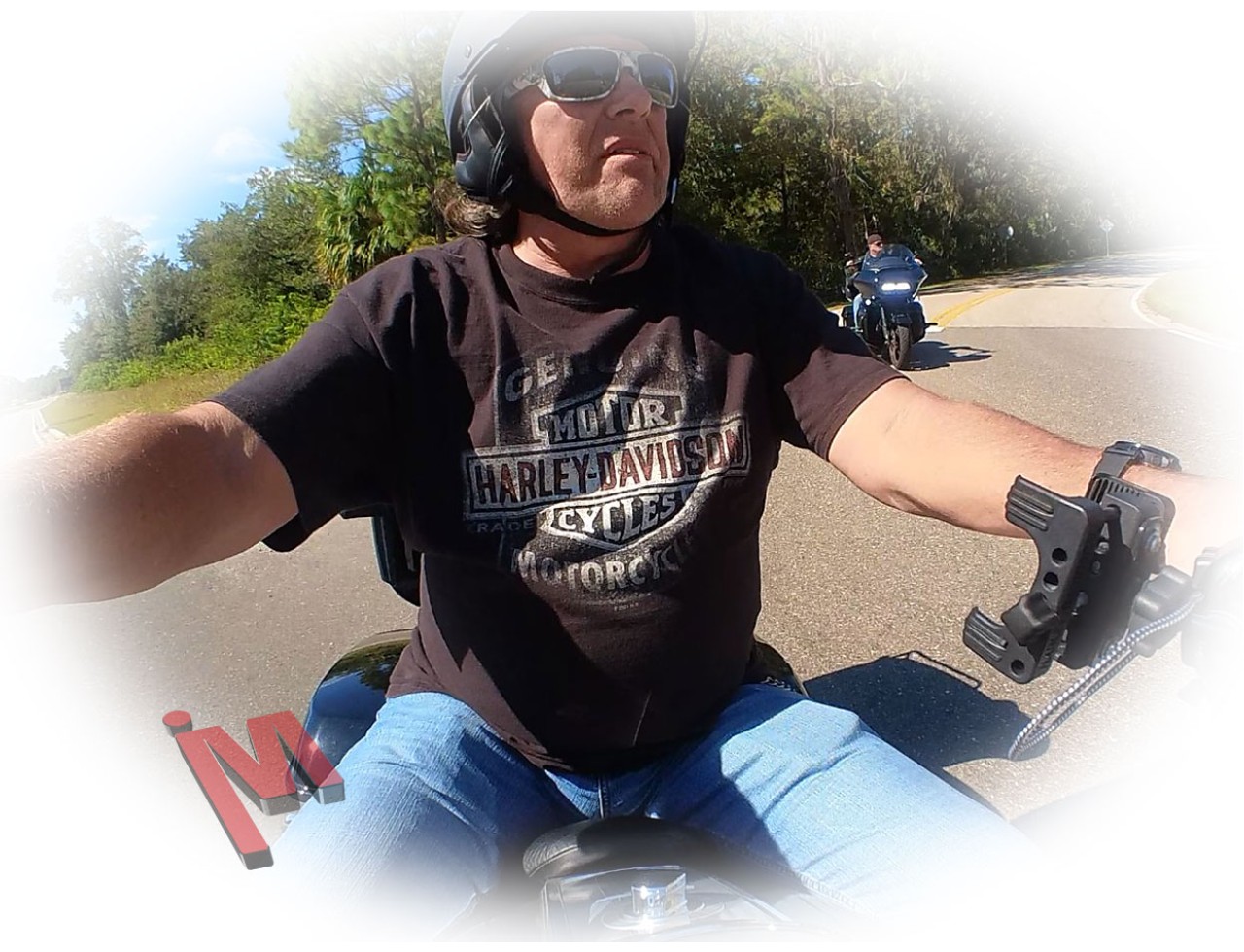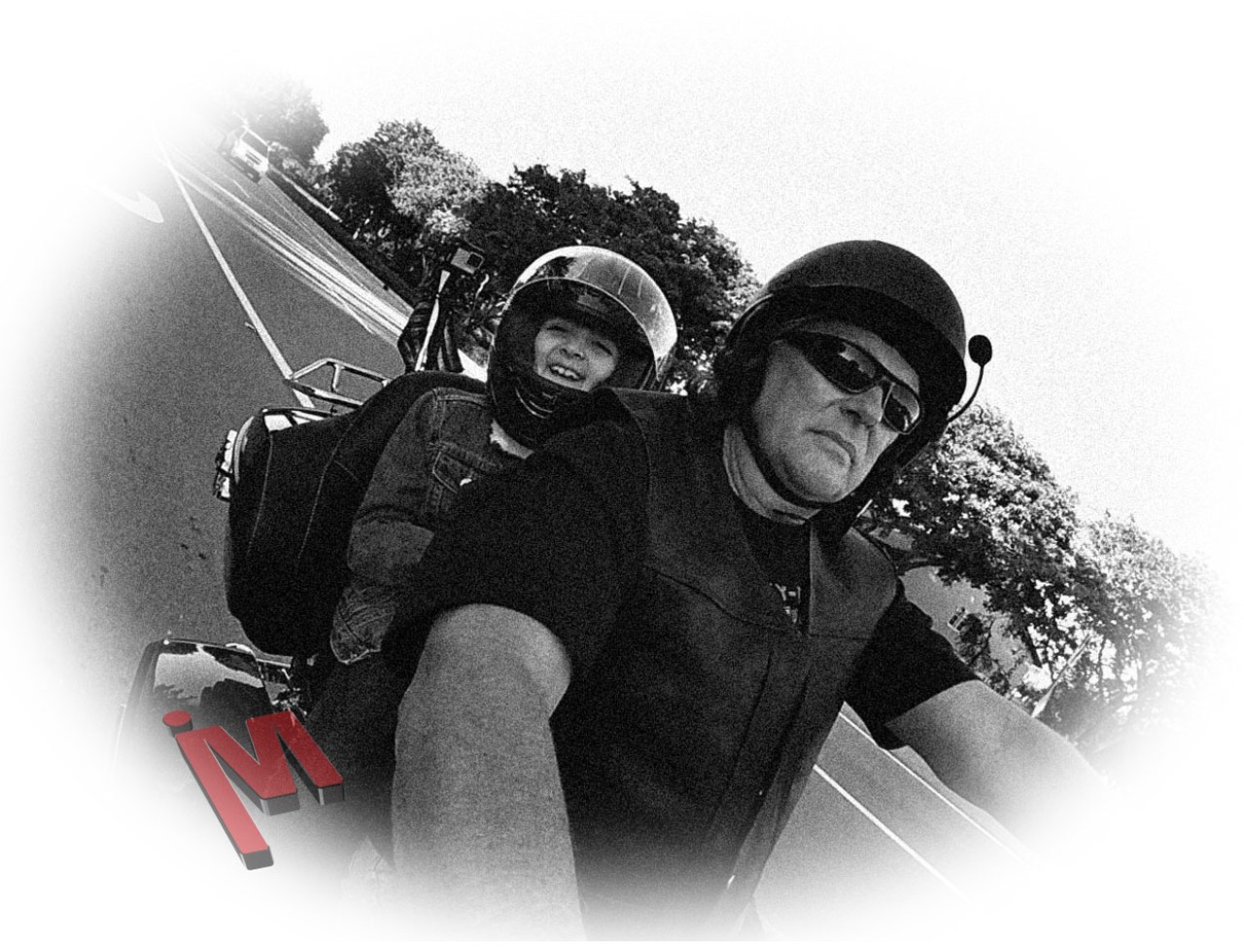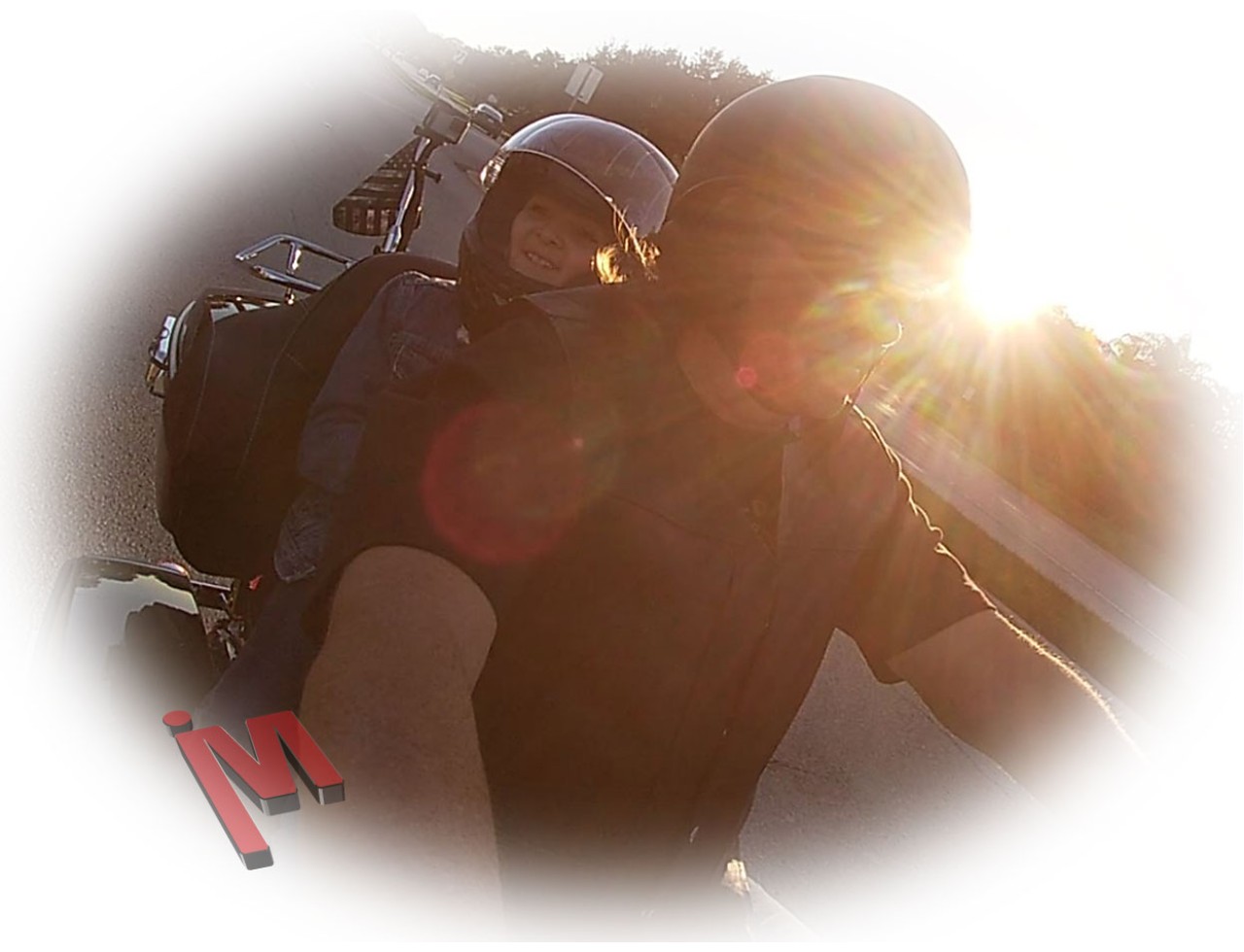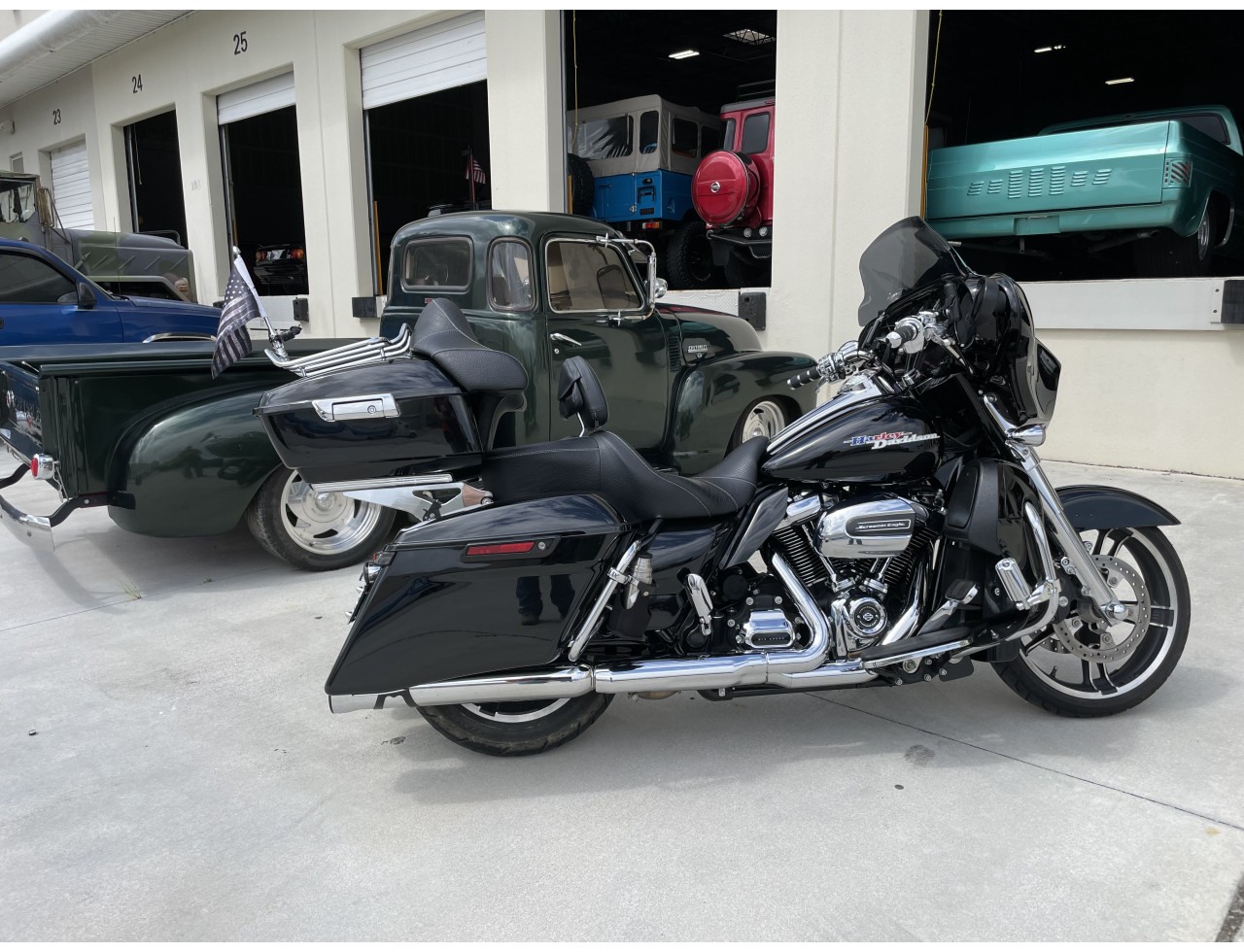Motorcycle Photography
Photographing a moving motorcycle requires a combination of the right camera settings, positioning, and timing to capture speed and motion dynamically. Using a fast shutter speed (1/500s or higher) freezes the motion for crisp, detailed shots, while a slower shutter speed (1/100s to 1/250s) with panning creates a sense of speed by blurring the background while keeping the rider in focus. Positioning yourself at corners, straightaways, or low angles enhances the drama of the shot, while a telephoto lens (70-200mm or longer) helps frame the subject without being too close. Natural lighting plays a key role, so shooting during golden hour or overcast conditions can reduce harsh shadows and add a cinematic feel.
For stationary motorcycle photography, the focus shifts to composition, lighting, and details. Positioning the bike at a slight angle rather than straight-on enhances depth and showcases its design lines. A wide aperture (f/2.8 – f/5.6) creates a soft background blur, making the motorcycle stand out, while polarizing filters help reduce glare on reflective surfaces like the tank and chrome parts. Paying attention to the background is essential—using a clean, uncluttered setting or a scenic location complements the bike's aesthetics. Whether capturing a machine in motion or at rest, thoughtful composition and proper camera settings bring out the motorcycle's character and appeal.

